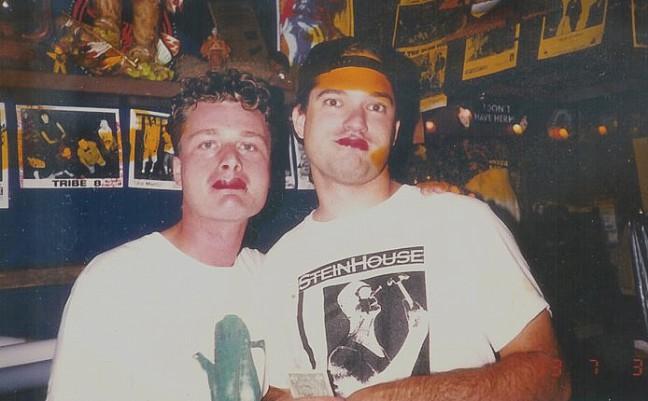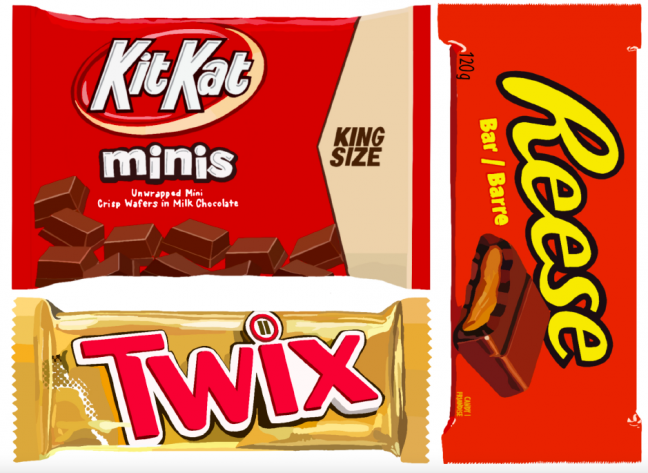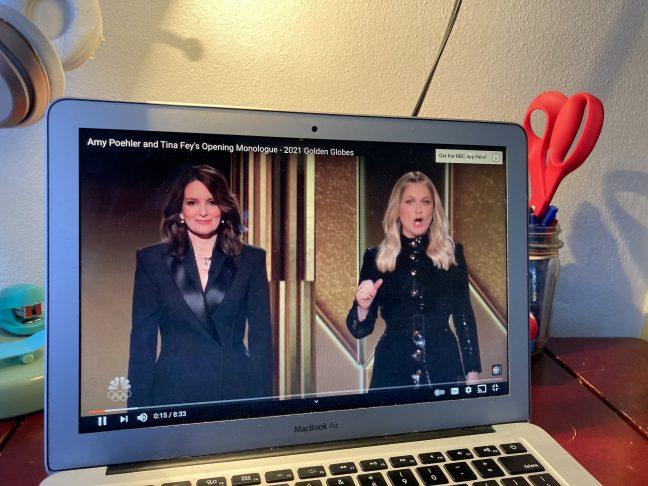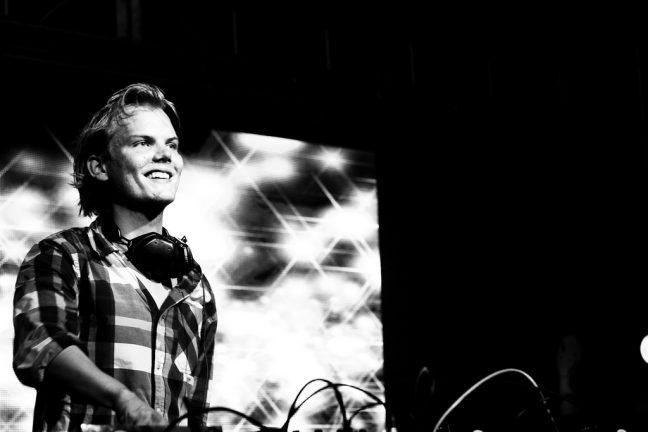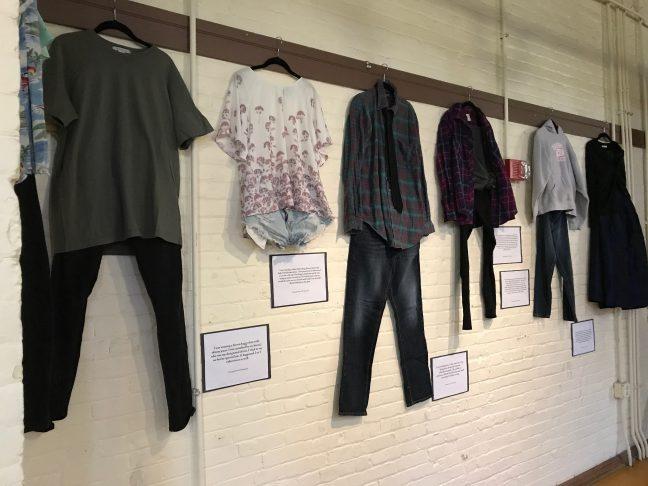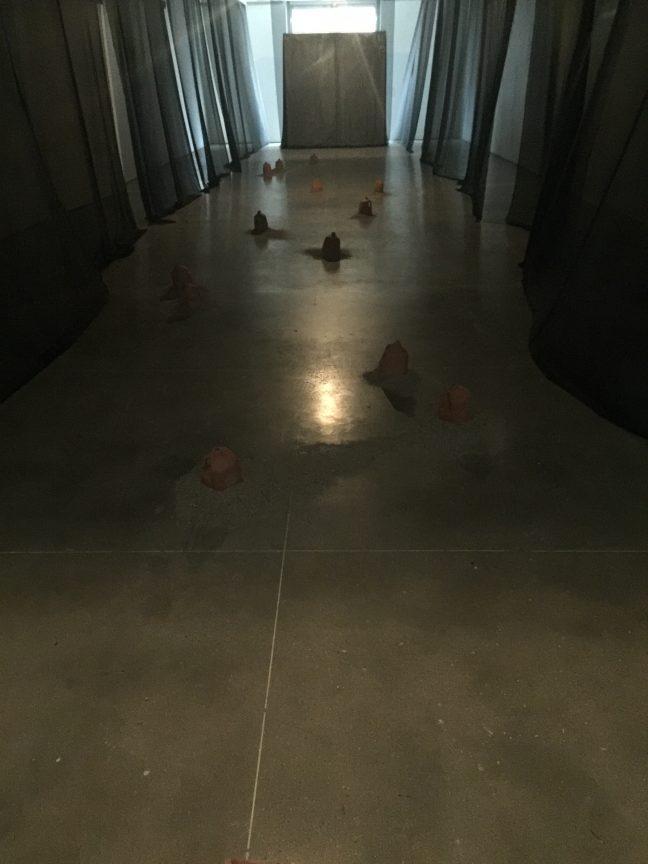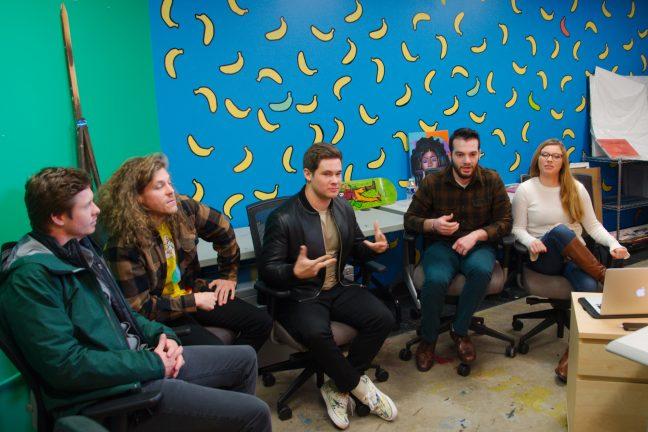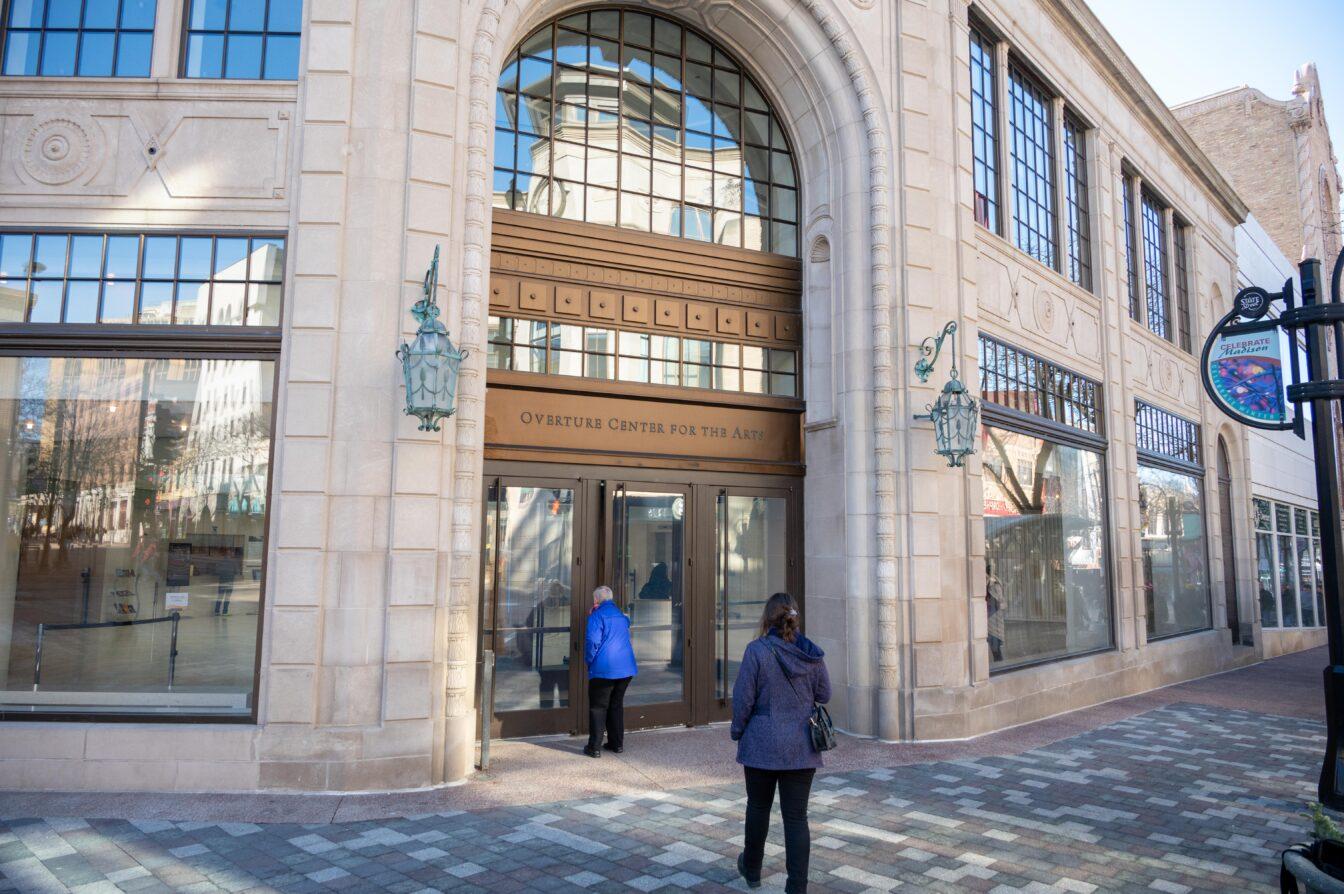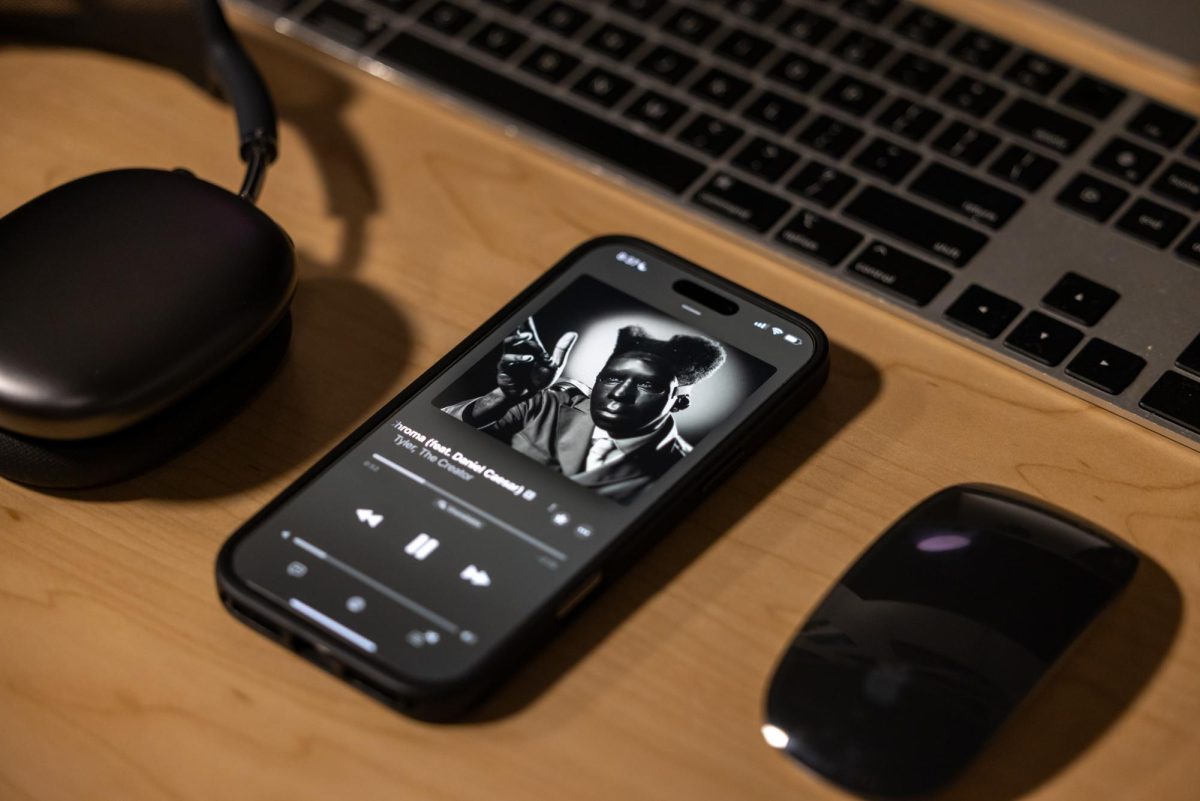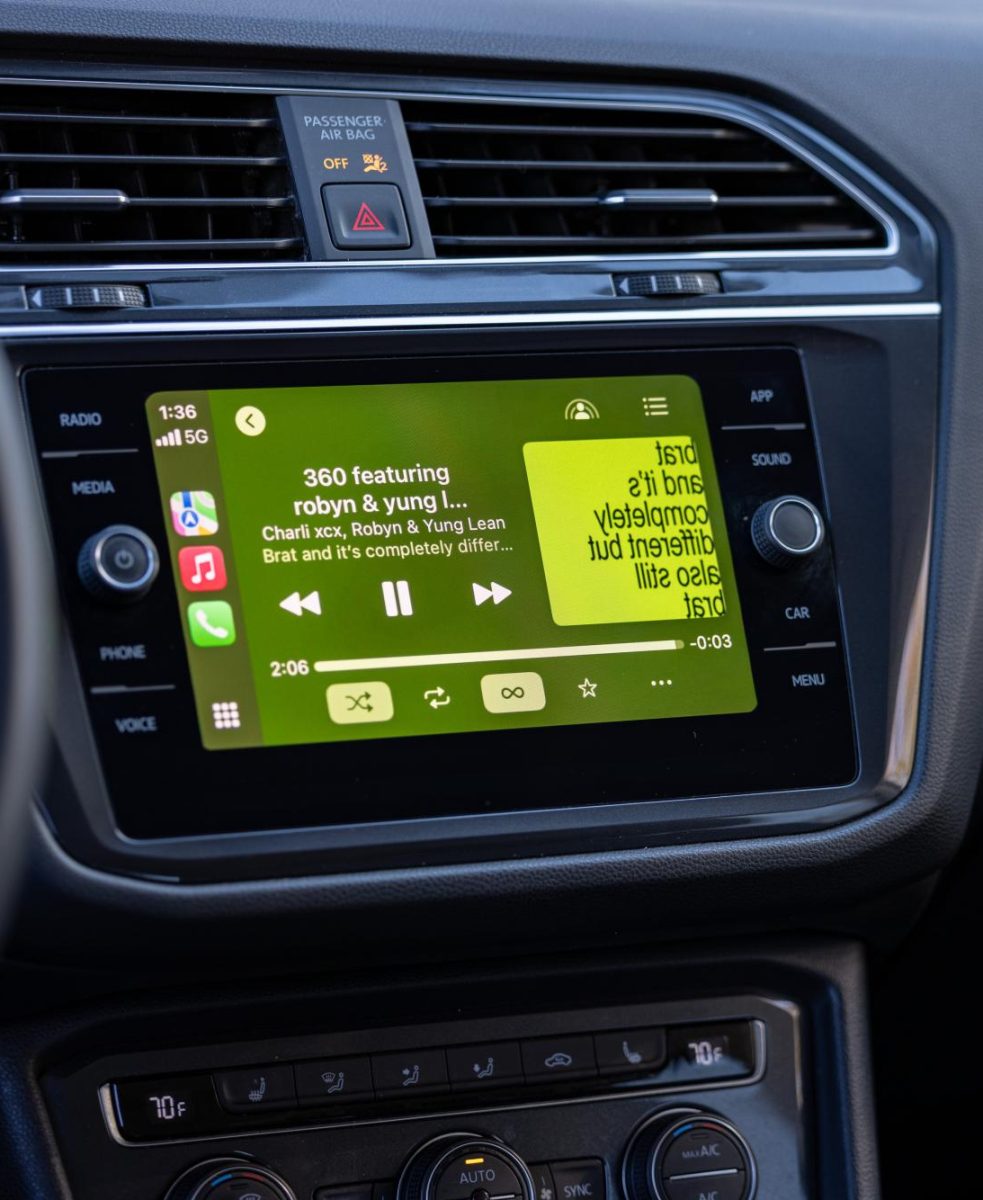It would come as a shock to many people that Madison, being the tiny little hamlet of 235,000 people that it is, has been host to shows by the likes of Nirvana, Soundgarden, Queens of the Stone Age and the White Stripes.
But these shows weren’t held at huge venues like the Orpheum or the Alliant Energy center, but rather at the now-defunct O’Cayz Corral, a small, 150-capacity bar and music venue with a “cow-punk atmosphere” that was nestled on the corner of Wilson and Franklin streets just east of the Capitol.
O’Cayz Corral was named after the original owner Cay Millard. It wasn’t just a place for bands to play before they blew up; it served many more purposes. From playing a big part in the vitality of the Madison music scene to serving as a home to many regulars, O’Cayz Corral was ingrained in the Madison music and bar scene from when it opened in 1980 to its sudden demise on New Years Day 2001.
Today we can go to any major music venue in Madison and expect a clean, safe and well put together place. That was absolutely not the case for O’Cayz.
“It was a lived in, kinda divey place,” former owner of O’Cayz (1994-2001) and current owner of the High Noon Saloon, Cathy Dethmers, said.
Former manager John Erwood remembers it in the same way.
“It was gritty, it was dank, it was really genuine and real,” Erwood said. “It wasn’t so much of a ‘we really want you to come here and for you to like us,’ but it was more of a collective identity.”
O’Cayz existed in perpetual need of repair.
“It was cobbled together,” Erwood said. “The quickest way to solve a problem was to throw it out or kick it in the corner or throw a coat of paint on it.”
Perhaps these things would make the venue unworthy to a modern concert-goer, but back then it just added to the scene.
It was a time in Madison where the local music scene was booming and O’Cayz was, in many ways, at the center of it all.
Dethmers remembers a time where the Madison music scene was incredibly supportive. Many times, bands would turn up at each others’ shows both to support the local scene and to get a sense of what was up and coming in the city.
Many times at O’Cayz, even for nationally touring acts, there would be one or two local bands on the bill as well, a practice not as easily possible today. Many times local acts could even outdraw national acts on the same night.
With the advent of the Internet, Dethmers observed that less people were willing to show up and take a chance on the music, but instead prefer to read up on and be familiar with the act. Often people would just show up at O’Cayz with no knowledge of the act. People turned out mostly based on faith in the venue’s booking, Dethmers said.
“My job as booking agent/manager was made a lot easier by the fact that all of the cool bands wanted to play there,” booking manager Ken Udell said.
Also aiding in the ease of booking for Dethmers was O’Cayz’s loyal fan base and neighborhood bar feel.
“I was able to take more chances (in booking) knowing there would be people who would always show up,” Dethmers said.
Udell echoed that sentiment.
“One patron later said to me, ‘I hadn’t always heard of the bands playing, but I knew that if the show was at O’Cayz it was going to be a quality act and an awesome show,’” Udell said.
This ability to take risks booking led to some big payoffs. As previously mentioned, many huge acts played their first Madison shows at O’Cayz. Nirvana and Soundgarden played O’Cayz in 1989, The Smashing Pumpkins and Hüsker Dü in 1990, Queens of the Stone Age in 1999 and the White Stripes in 2000, all before they achieved widespread fame.
“Some bands would play there and be under the radar and suddenly they’re huge,” Dethmers said. “O’Cayz existed in a time where underground bands were rising to the mainstream.”
Had it not been for O’Cayz, Madison may not have been graced with rock royalty before they were rock royalty.
Seeing bands before they blew up wasn’t even the best part of O’Cayz. Some of Dethmer’s favorite shows were artists who never really made it big, and weren’t even well attended at the time.
While many conventions of a live show remain the same today, some things, such as drinking habits, have changed greatly. If 1990s O’Cayz was a conscious being, it would scoff at today’s drinking habits for live music.
“We did not have a microbrew crowd back then,” Erwood said. “That music scene was beer and shot; beer and a shot was that music scene.”
In lieu of carrying the latest Karben4 IPA or some obscure stout from Oregon, O’Cayz was in many ways the anti-beer snob. Erwood said O’Cayz existed in a time before responsible drinking was a concern when attending a concert.
“O’Cayz represents the era of alcoholism and music, where those two lines were blurred.”
Much of the fuel for this interaction between alcohol and music came from the bar next door, Cay’s Comic Strip, with which O’Cayz had a “symbiotic relationship,” Erwood said.
As defined by Erwood, the Comic Strip was “where dreams go to die.” It was a bar frequented by “70 and 80 year-olds.” There was significant interplay between the Comic Strip and the brothel across the street, above the Cardinal Bar.
“[That area] was the armpit of Madison at the time,” Erwood said, “It was a tiny landing strip for cacophony and debauchery.”
O’Cayz eventually met its end on New Year’s Day 2001. In the early hours of the morning, a fire, which originated at the Comic Strip, spread to O’Cayz and greatly damaged the venue.
Since she did not own the land and wanted to stay in the business, Dethmers immediately began looking for a new space to open another music venue. In 2004 she settled into a suite at 701 E Washington and opened the High Noon Saloon, arguably the current crown jewel of Madison music venues.
The memories of O’Cayz will last on for Dethmers, Erwood and Udell, as well as for countless Madison residents.
“It was a place of eccentric personalities, cheap beer and really good music,” Erwood said.
So if you’re ever walking down East Wilson Street, pause and take note of the empty lot on the northern corner of East Wilson and South Franklin. Then, think of all the legendary national acts and flash-in-a-pan local acts that played there side-by-side and simply appreciate the music scene of Madison’s past.


